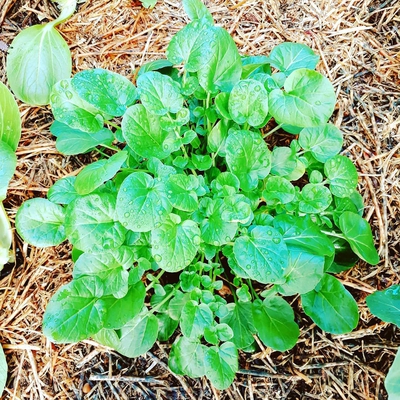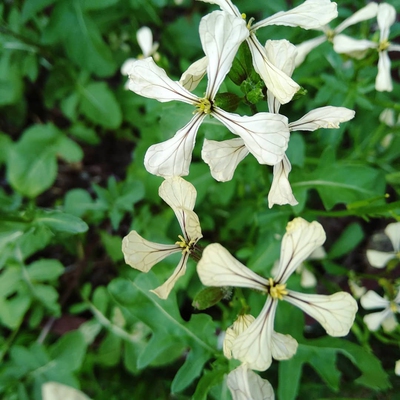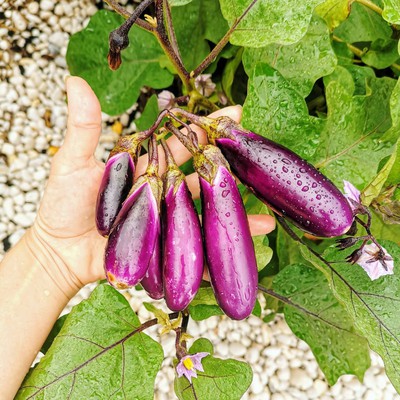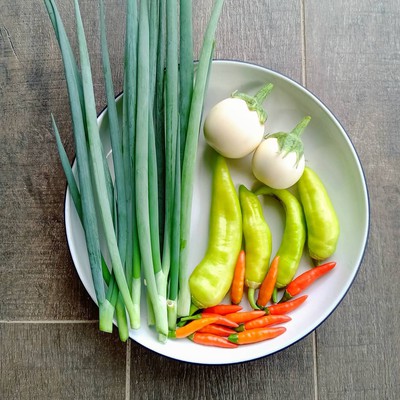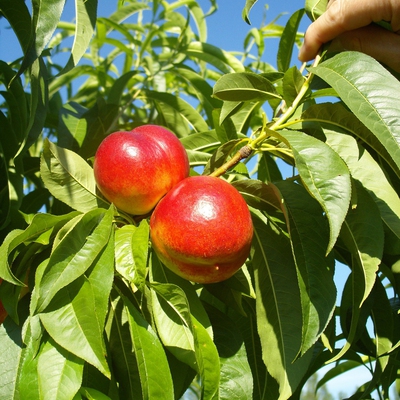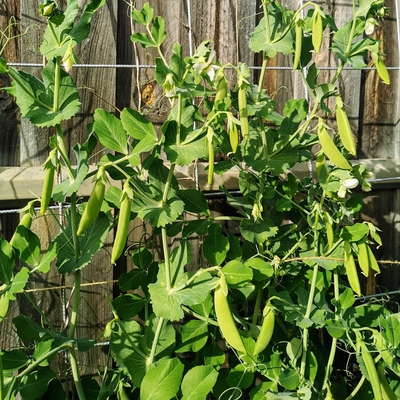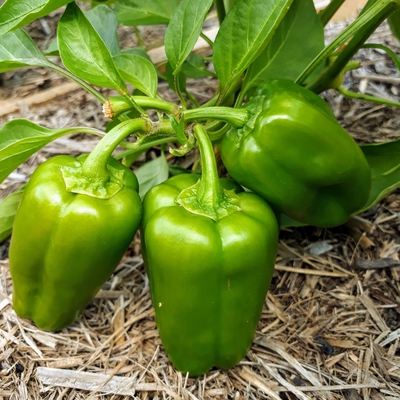Learn how to grow Land Cress. This guide will give you the information necessary for growing this tasty and nutritious green vegetable.
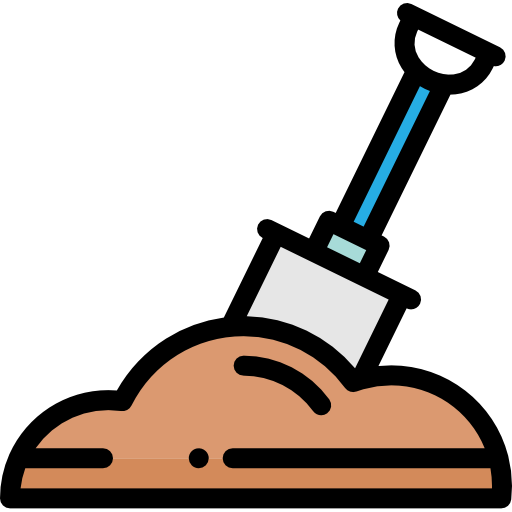 Soil
Soil
What soil is good for Land Cress?
Land Cress requires moisture retentive soil with plenty of compost mixed in.
 Position
Position
How much sun does Land Cress need?
Plant Land Cress in a full sun to part shade position.
 Frost Tolerant
Frost Tolerant
Is Land Cress frost tolerant?
Land Cress tolerates light frosts.
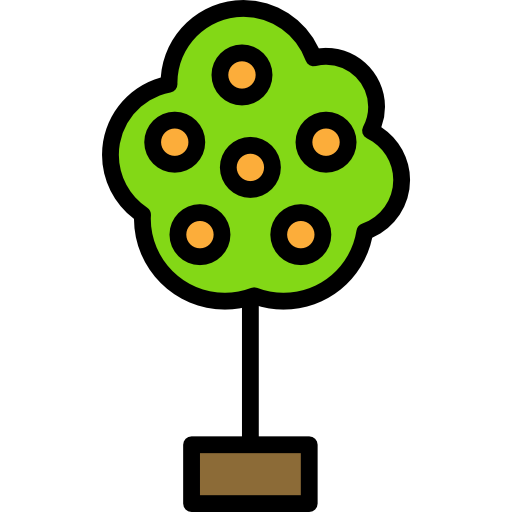 Spacing
Spacing
How much space does Land Cress need?
Plant Land Cress roughly 20cm apart.
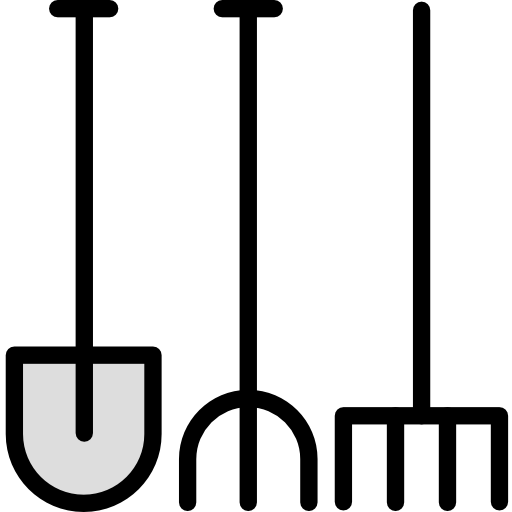 Planting
Planting
When should I plant Land Cress?
Land Cress is a cool season crop, usually planted from autumn through to spring.
If transplanting seedlings, plant out in the early morning or evening and/or on an overcast day. Avoid planting at peak sun times or on windy days, this will allow your plants to settle in comfortably and protect them from windburn and sunburn.
 Feeding
Feeding
What do I feed Land Cress?
Feeding is not generally required if the soil is prepared well, however if plants seem to be struggling, than a light application of organic fertiliser should be applied.
 Harvesting
Harvesting
When can I harvest Land Cress?
Trim the outer leaves at the base as required. The more mature the leaf, the stronger and more peppery the flavour becomes.
 Pests
Pests
What pests does Land Cress get?
Pests that affect Land Cress include: Aphids, Slug, Snail.
 Diseases
Diseases
What diseases does Land Cress get?
Diseases that affect Land Cress include: Brown Spot, Downy Mildew, Damping Off, Black Rot.
 Notes
Notes
Is there anything else I need to know about Land Cress?
Cabbage Moths enjoy laying their eggs on the leaves of Land Cress plants. Land Cress however, contains a substance which is toxic to their offspring and the Cabbage Moth larvae often die after feeding on the leaves. Land cress is therefore often used as a sacrificial plant and inter-planted into garden beds to help prevent damage to Brassica plants.
